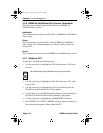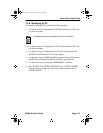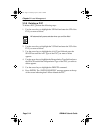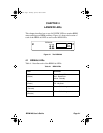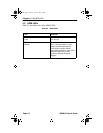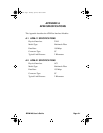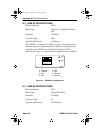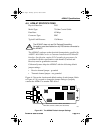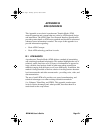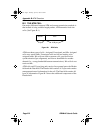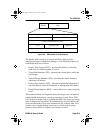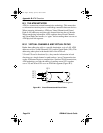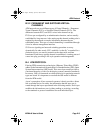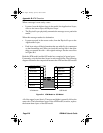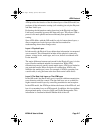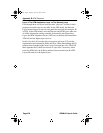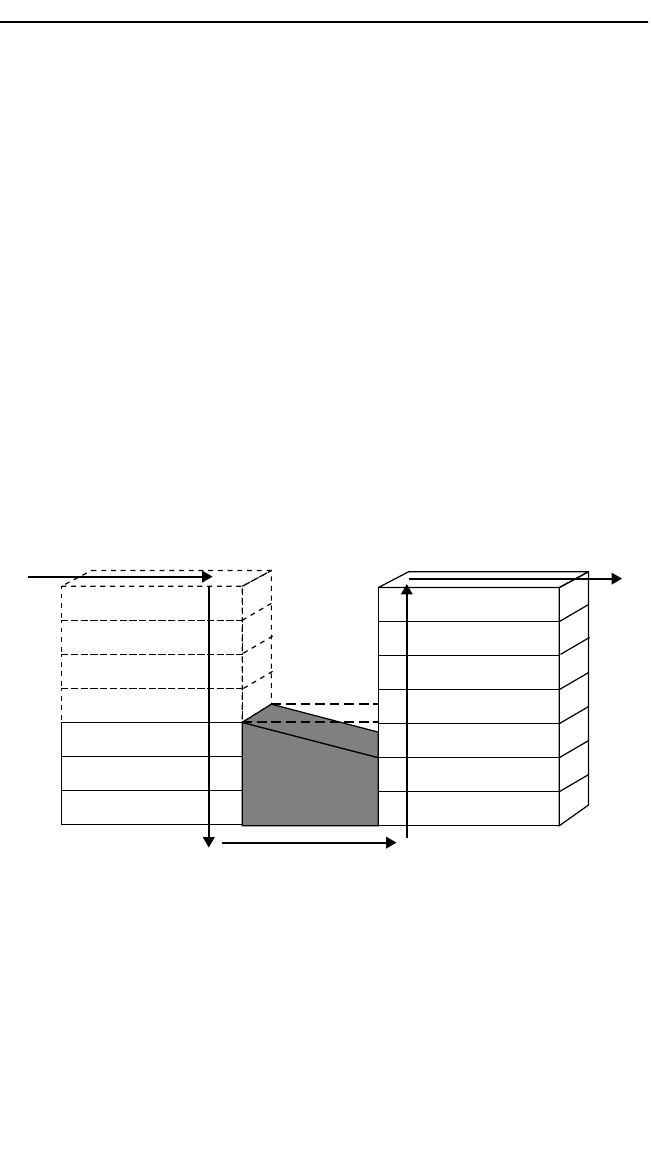
Appendix B: ATM Overview
Page B-6 BRIM-A6 User’s Guide
When a message is sent out by a user:
• It passes from the highest layer in the model, the Applications Layer,
down to the lowest layer, the Physical Layer.
• The Physical Layer physically transmits the message over a particular
media.
When this message reaches its destination:
• It passes upward, in the reverse order, from the Physical Layer to the
Applications Layer.
• Each layer strips off the information that was added by its counterpart
on the transmitting end. What you inevitably end up with is the same
thing you started out with -- the original message. See the arrow flow
in Figure B-4.
Both the ATM model and the OSI model are comprised of seven layers.
Fortunately, only the first three layers in each model differ. The following
diagram illustrates the comparison between the ATM and the OSI models.
Figure B-4 ATM Model vs. OSI Model
All of the upper layers (that is, Transport and higher) generally follow the
same rules. The bottom three layers of the ATM model, however, replace
the bottom three layers of the OSI model.
Application
Presentation
Session
Transport
ATM Adaptation
ATM
Physical
Application
Presentation
Session
Transport
Network
Data Link
Physical
ATM Model OSI Model
7
6
5
4
3
2
1
7
6
5
4
3
2
1
book Page 6 Thursday, April 18, 1996 2:18 PM



